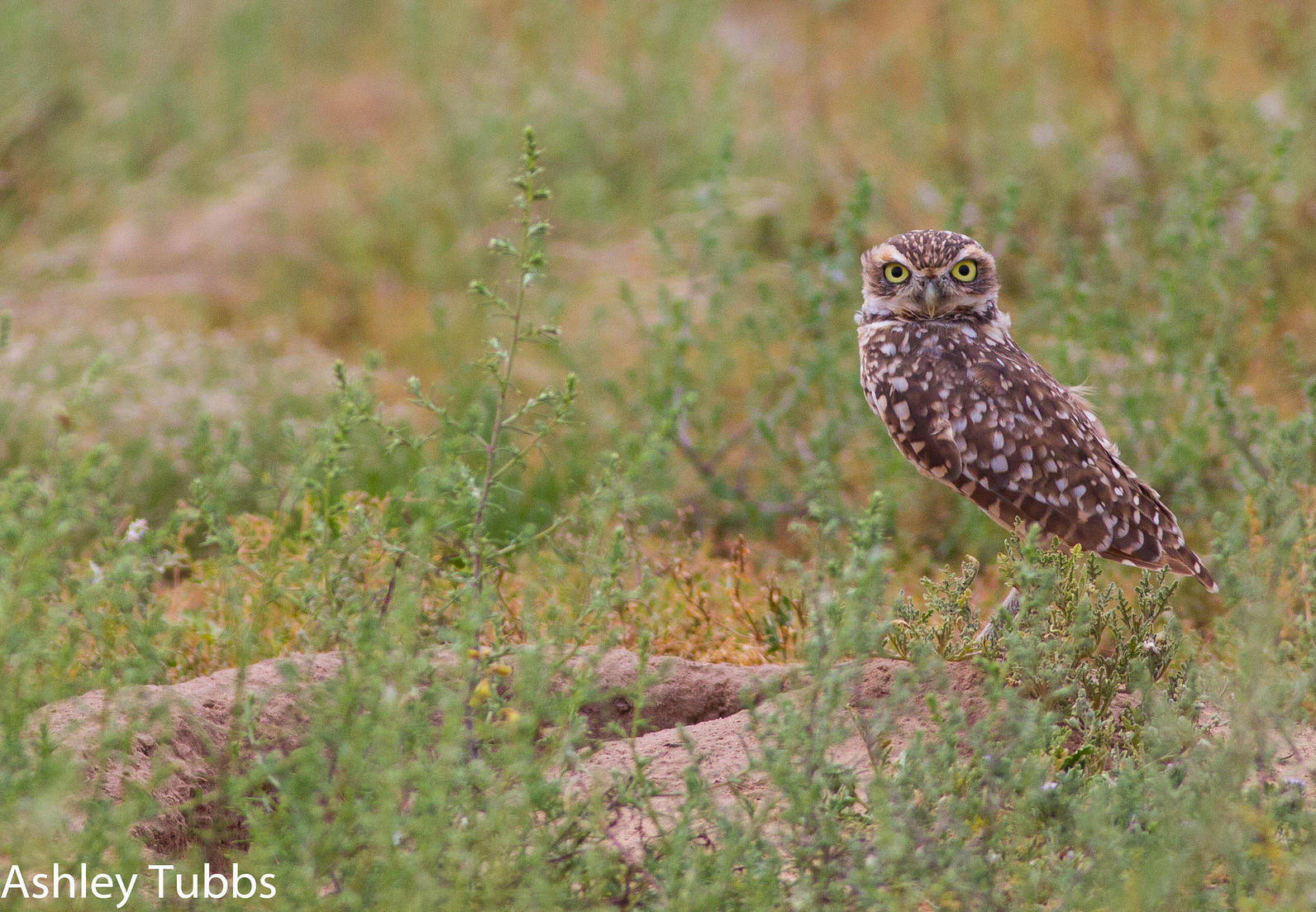
From the very beginning of his candidacy in 2016, President Donald Trump has strongly advocated for the construction of a high wall along the border between the United States and Mexico to address illegal immigration. While Audubon California, as a conservation organization, has not taken a political position on the merits of the wall proposal itself, we do believe it necessary to highlight potential impacts to birds and habitat along the roughly 140-mile border between California and Mexico.
Types of impacts
Walls and fences – along with roads and development – are significant sources of ecosystem disruption for birds. This occurs in several distinct ways:
- Restricted movement: While many birds can simply fly over an obstacle such as a wall, many cannot or will not. This can have significant impacts on birds’ efforts to migrate, find food, and breed, ultimately affecting their population’s survivability.
- Habitat fragmentation: A border wall will clear a wide, barren lane through habitats that are now contiguous and largely undisturbed. Support roads will exacerbate the problem. Fragmented habitats are one of the major causes for loss of biodiversity and reduce the ability of birds and other wildlife to successfully migrate, breed, and find food.
- Disruption: Birds thrive in areas with little or no human activity. Vehicle noise, lights, and heavy construction frighten birds and other wildlife away, evicting them from areas they once relied on to maintain healthy populations.
- Collisions: Birds frequently collide with towers, walls, light structures, and supporting infrastructure because they did not evolve to navigate around them in the natural environment.. Moreover, birds are frequently struck by cars, which will increase with more construction and vehicular activity around the wall.
- Hydrology: Heavy infrastructure within estuaries or river habitats will have a strong effect on water cleanliness, vegetation, and habitat creation.
Critical habitat in the wall’s path
California’s deserts are full of life, with islands of water and habitat providing all sorts of habitat for migratory and residents species. The California/Mexico border teems with critical habitat for birds and other wildlife. On the coast, the border is split by one of the most important estuaries on the Pacific Coast.
This area includes, for instance, the San Diego National Wildlife Refuge, which hosts a number of sensitive birds, such as the threatened Coastal California Gnatcatcher and the endangered Least Bell’s Vireo.
Audubon California has identified two specific areas along the coast as Important Bird Areas (IBA), which provide essential habitat for breeding, wintering, and migrating birds. These habitat areas are noteworthy not just for the diversity of birds they support, but their significance to one or more sensitive species. These two Important Bird Areas are:
Tijuana River Reserve IBA: This reserve includes saltmarsh at the mouth of the Tijuana River, coastal dunes, riparian thickets, and rare Diegan Coastal Sage Scrub, one of the most threatened habitats in the world. It is a major nesting site for the endangered California Least Tern and endangered Yuma Ridgway’s Rail. The area also supports a population of threatened Western Snowy Plovers, threatened Coastal California Gnatcatchers, endangered Southwestern Willow Flycatcher, and endangered Least Bell's Vireo.
Imperial Valley IBA: Imperial Valley’s vast agricultural fields and the Salton Sea provide some of the most vital habitat for wintering, migrating, and breeding waterbirds and shorebirds in the West. Over 400 species of birds rely on the area, using the Salton Sea, farm fields, canals, and channels that extend south through the border with Mexico. Among these birds are Burrowing Owl (a California Species of Special Concern), Yuma Ridgway Rail (an Endangered Species), Greater Roadrunner, Mountain Plover, Gila Woodpecker, Crissal Thrasher, Black-tailed Gnatcatcher, and Abert's Towhee.
Key species at risk
The list below highlights certain bird species and identifies the primary threats created by construction of the proposed wall and greater habitat fragmentation along the border.
California Least Tern (Status: Endangered)
- Degradation of vital nesting habitat in the Tijuana River Reserve breeding habitat, as well as decreased nesting productivity and survivability due to disturbance from construction and increased human activity.
Western Yellow-billed Cuckoo (Status: Threatened)
- Collision with tall structures, and restricted movement across habitat areas (they only move across contiguous riparian woodland).
Burrowing Owl (Status: California Species of Special Concern)
- Collision with tall structures and motor vehicles, as well as restricted movement across habitat areas (low-flying bird that is reluctant to move over high structures and extensive open space).
Yuma Ridgway’s Rail (Status: Endangered)
- Destruction of wetland habitat in Tijuana River Reserve and Imperial Valley, as well as potential changes to the Colorado River stemming from construction.
Coastal California Gnatcatcher: (Status: Threatened)
- Destruction of rare coastal sage scrub habitat.
Southwestern Willow Flycatcher (Status: Endangered)
- Riparian habitat destruction and fragmentation.
Bald Eagle (Status: Protected)
- Fragmentation of small remaining tracts of forest, while increasing risk of collision from roads, power lines (electrocution), towers, and wall.
Northern Bobwhite (Status: not listed, but declining rapidly)
- Fragmentation of critical habitat.
Ferruginous Pygymy-Owl (Status: not listed, but U.S. population is small)
- Habitat fragmentation will limit movement of an already sedentary bird, reducing breeding and population diversity. Resulting isolation could eliminate small U.S. population.
Greater Roadrunner (Status, not listed)
- Bird with very limited flying abilities and tendency to avoid open/bare areas suggests border wall would isolate populations and restrict gene flow.
By Garrison Frost
Monthly Giving
Our monthly giving program offers the peace of mind that you’re doing your part every day.




